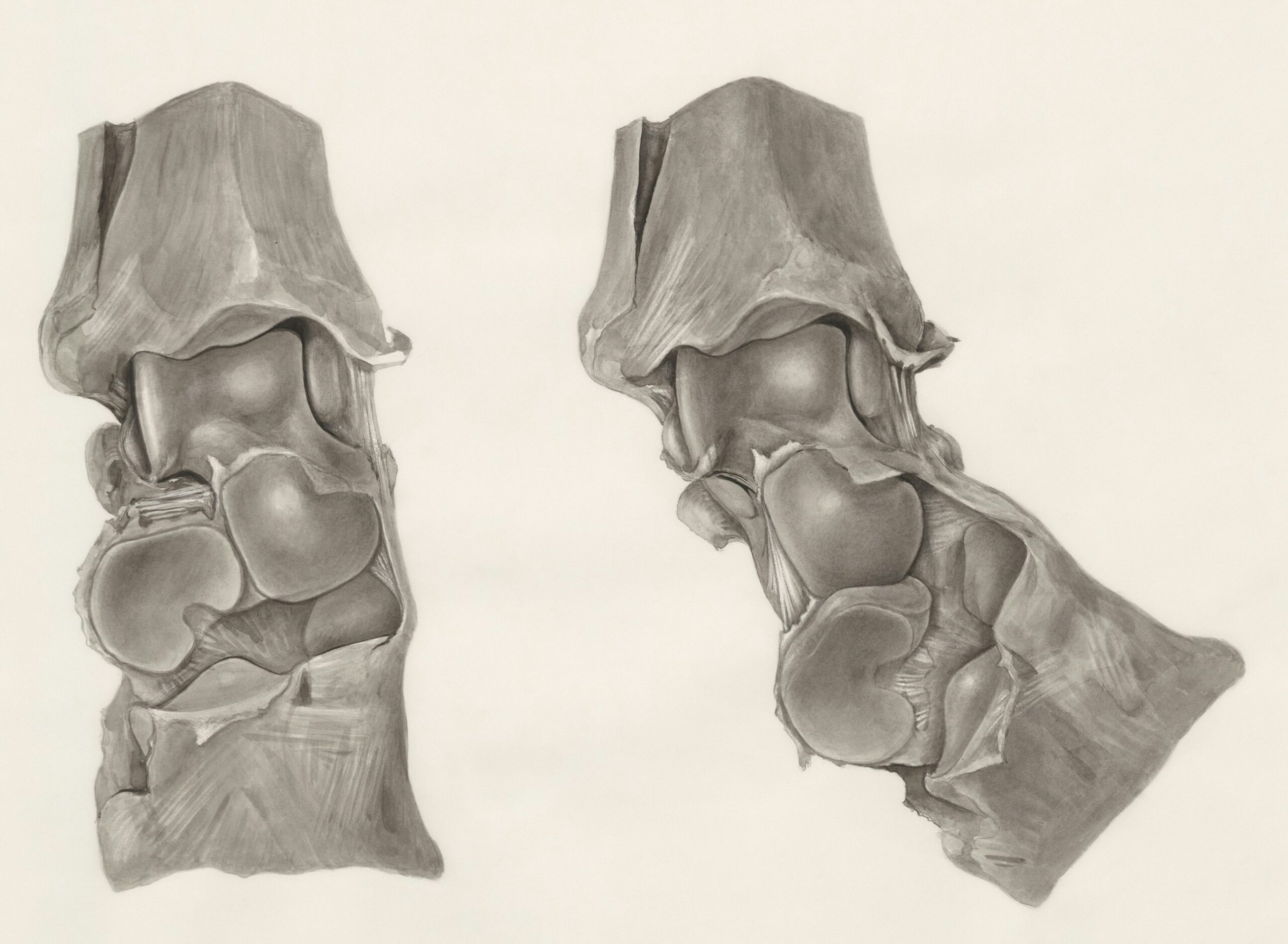Introduction
Worried about life expectancy after compression fracture? These fractures—affected by osteoporosis, trauma, or cancer—rarely kill directly. Instead, they often reveal deeper health issues, which can influence long-term outcomes. This article offers fact-based insights into how compression fractures impact survival, what research reveals, and how targeted care can improve life expectancy and quality of life.
Compression Fractures: A Vital Health Indicator
A vertebral compression fracture occurs when a spinal vertebra collapses, usually under axial pressure. In older adults, weak bones often cause these injuries, but trauma and pathologic conditions (like tumors) can also play a role.
Because such fractures often signal underlying frailty, studies have shown they correlate with higher mortality—even if the fracture itself doesn’t kill .
Mortality Risk: What the Research Shows
Increased Risk After Fracture
A landmark study found a 23% higher total mortality risk over 8 years following a compression fracture and a 110% risk increase in deaths due to pulmonary disease.
Age & Gender Influence
Women over 65 saw a similar increased mortality risk, typically 15–30%, especially those with osteoporosis. Men with fractures due to illness or age also faced above-average mortality .
Treatment Affects Survival
Patients over 65 treated conservatively had a 3-year survival rate of just 53.9%, while surgical intervention improved outcomes. Procedures like kyphoplasty and vertebroplasty provide stabilization and reduce mortality compared to non-surgical care.
Factors Affecting Life Expectancy
1. Age & Underlying Health
Advanced age, male sex, cancer history, and non-traumatic fractures predict higher mortality.
2. Bone Health
Osteoporosis greatly increases the risk of further fractures and reduced mobility—factors that lead to worse outcomes.
3. Mobility Loss & Complications
Loss of spine integrity often leads to kyphosis, reduced breathing capacity, chronic pain, and lowered physical activity .
4. Coexisting Conditions
Comorbidities—from infections to cardiovascular issues—play a decisive role in long-term survival.
Treatment Options & Their Impact
Conservative Care
Pain management, bracing, and physical therapy may lead to partial recovery. However, immobility can increase risk for pneumonia, deep vein thrombosis, and decreased life expectancy .
Surgical Procedures
-
Vertebroplasty: Injection of bone cement to stabilize vertebrae.
-
Kyphoplasty: Balloon inflation followed by cement, restoring height and alignment.
These methods are associated with improved survival, pain stabilization, and enhanced quality of life.
Long-Term Prognosis
Recovery & Mobility
Fractures typically heal within 2–3 months. Persistent pain or spinal deformity may follow, requiring ongoing therapy and monitoring.
Height & Posture Loss
Vertebra collapse can shorten height and produce kyphosis. These changes impair respiration and physical capability .
Chronic Pain
Spinal alignment changes and nerve compression can lead to lasting back pain and nerve symptoms .
Improving Life Expectancy After Fracture
Bone Health Management
-
Calcium, vitamin D, bisphosphonates, and DEXA scans support bone strength.
-
Weight-bearing exercise and smoking and alcohol reduction help preserve bone density.
Prevent Falls & Future Fractures
Home safety improvements, physical therapy, and mobility aids reduce the risk of repeat injuries.
Early Intervention
Prompt diagnosis, surgical stabilization when warranted, and aggressive rehab reduce complications and improve survival.
Treat Comorbidities
Managing cardiovascular health, lung function, diabetes, and infections decreases overall mortality risk.
Addressing Common Myths
-
Compression fractures don’t shorten life expectancy—indirect effects can. Focus on holistic care.
-
“Once treated, you’re safe”: Ongoing bone health and rehab remain essential.
-
Surgery always helps: Evaluate individual risk; results vary with each patient.
Summary Table
| Factor | Impact on Life Expectancy |
|---|---|
| Vertebral fracture | +23% overall mortality, +110% pulmonary mortality risk |
| Conservative treatment | 3-year survival ~54% in elderly |
| Surgical stabilization | Associated with improved mortality and pain relief |
| Osteoporosis management | Essential for preventing repeat fractures and decline |
| Rehab & prevention | Improves function and reduces complication risk |
Conclusion
Understanding life expectancy after compression fracture involves more than statistics. Recovery depends on age, bone health, treatment choices, and ongoing care. These fractures highlight underlying vulnerabilities—addressing one fracture today could prevent serious health decline tomorrow.
Take action:
-
Evaluate bone health and fracture risk.
-
Seek timely treatment—consider surgical options if appropriate.
-
Start rehab early and address comorbid conditions.
-
Monitor bone density, exercise regularly, and secure your environment.











